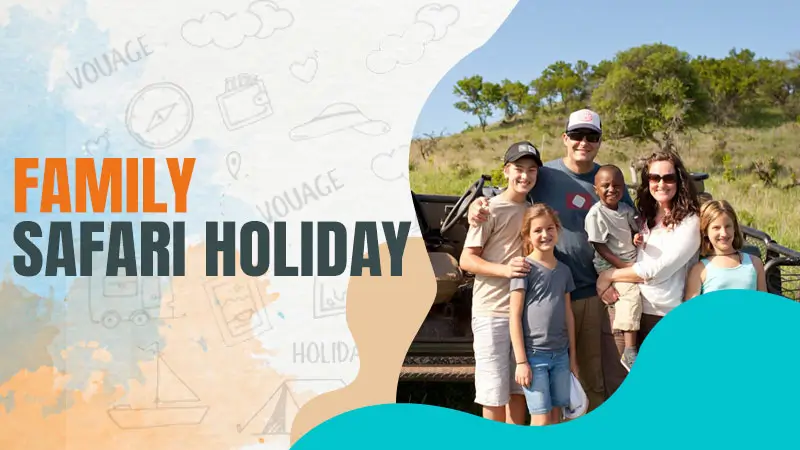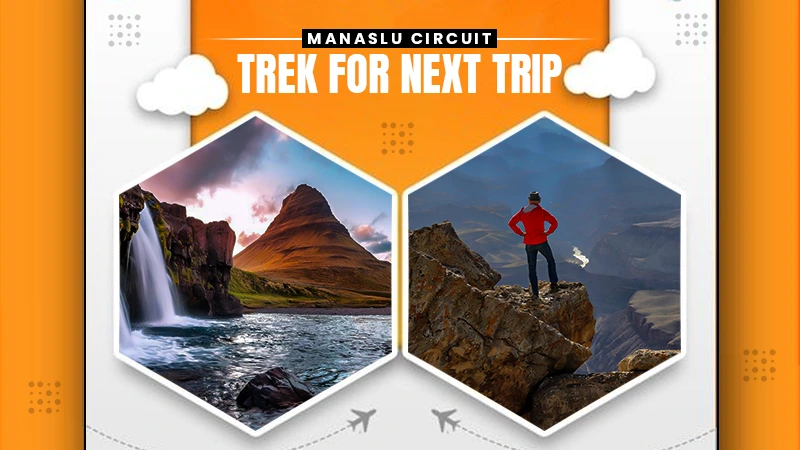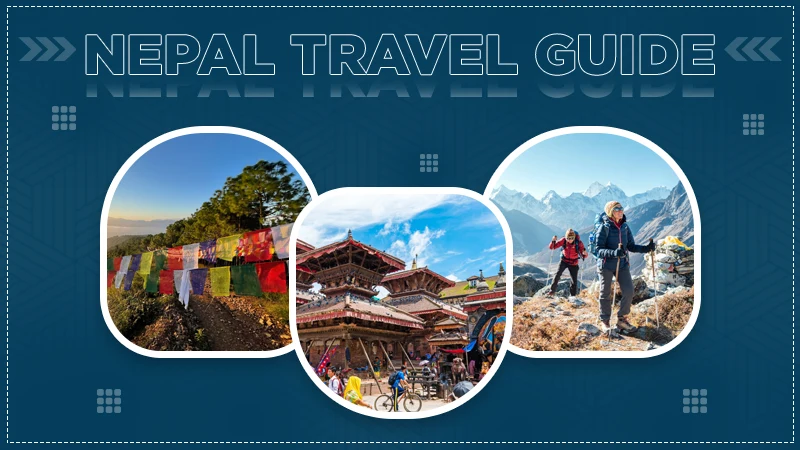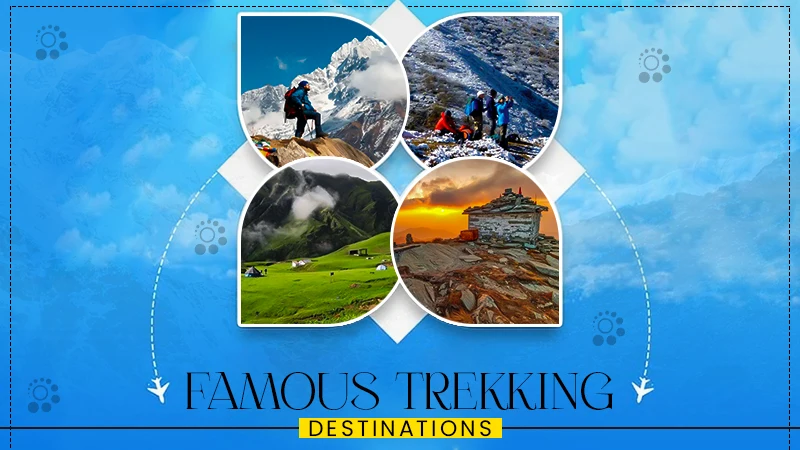
When it comes to family holidays, you want to make sure you find the perfect destination, accommodation, and activities for the whole family. But do you know where to start? If you’re planning a trip to East Africa, then it’s likely that you’re looking for a family safari.
Tanzania is one of Africa’s most diverse countries. From the Serengeti plains, Kilimanjaro mountains to the lush forests of Ruaha National Park, there are endless opportunities to explore wildlife and nature.
This article looks over what you need to consider when planning a great family safari holiday.
When should you visit Tanzania?
Tanzania is one of East Africa’s most popular destinations. Travelers flock here to enjoy safari tours, hike the Kilimanjaro mountain range, and snorkel along pristine coral reefs. But what about those travelers who want to combine enjoying nature with culture and history?
The answer lies in the different seasons, as each one offers something unique.
Long Dry Season
If you’re looking for wildlife viewing, Tanzania’s long dry season is the best time to go. This period lasts from June to October, and it’s the perfect time to spot elephants taking a bath in the nearest body of water, lions in packs, leopards scouting for prey, rhinos, hippos, and giraffes peacefully eating, zebras walking in big groups, crocodiles lurking for antelopes, and many other animals. You might even catch sight of wildebeest migrating across Lake Victoria.
While there aren’t as many tourists during this time, the lack of crowds makes it easier to spot wildlife. If you do encounter other visitors, they are locals rather than international tourists.
Fewer people mean less noise, so it is easier to fully immerse yourself in the natural surroundings.
Short Dry Season
The short dry season from November to February is also a good time for wildlife watching. Temperatures are cooler than during the long dry season, so you won’t have to deal with as much heat and humidity.
While there are more tourists during this time, the animals are easy to find since the vegetation has started to decline.
Short Wet Season
If you prefer to spend your Tanzanian vacation exploring local cultures, the short wet season is the best time to visit. From November to April, the weather is cooler and drier and allows you to take part in traditional festivals like the Arusha International Arts Festival or the Kigoma Cultural Festival.
You could also join a tour to Mwanza, where you can learn how to make ugali, a maize porridge eaten throughout East Africa.
Best Places to Visit
Out of the many places in the East African region, here are some of the best to try and visit for an exciting Tanzania family safari adventure. The whole region is marvelous, and it wouldn’t be fair to single out just a few places to visit in Tanzania. However, a few places stand out from the rest as being particularly amazing.
Lake Manyara National Park
The park is famous for its tree-climbing lions, but it also has a wide variety of other animals, including elephants, hippos, zebras, and flamingos.
The lake itself is a beautiful sight, especially when the flamingos are present. The park has many hiking trails and scenic drives that can be taken by car or boat.
Serengeti National Park
This is one of the most popular national parks in Tanzania. The Serengeti is home to a large number of animals, including lions, leopards, and elephants.
The park is also famous for its annual migration, which sees millions of wildebeests and zebras cross the Serengeti every year. This is a truly amazing sight to behold.
Ngorongoro Conservation Area and Ngorongoro Crater
The Ngorongoro Crater is a large, deep crater that is home to a number of animals, including lions, elephants, and hippos.
The crater is also home to a large number of plant species, including baobab trees and acacia trees. The Ngorongoro Conservation Area is known for its amazing scenery and the fact that it has not been developed by humans in any way. Just pure African nature.
Tarangire National Park
If you want to explore the wildlife and nature of the area, then a safari tour is perfect for you.
You will start off by walking along the riverbank and seeing some animals up close, and then you will walk through the forest and see many plants and trees.
The park is home to a large number of elephants and baobab trees.
On the trip to the heart of the park, you will see monkeys and elephants, leopards and hyenas, antelopes and warthogs, crocodiles and hippopotamus, lions and buffalo, and much more while passing through beautiful landscapes and lush forests.
Udzungwa Mountains National Park
Tanzania’s Udzungwa Mountains National Park is famous for its diverse flora and fauna. Its forests provide a habitat for chimpanzees, monkeys, baboons, antelopes, warthogs, bushbuck, duikers, mongoose, and vervet monkeys.
There are also many birds, including hornbills, guinea fowl, francolins, storks, herons, kingfishers, weavers, sunbirds, bee-eaters, cuckoos, and woodpeckers.
Popular Tours
Bush Camp Safaris
Family safaris are popular among parents who want to spend quality family time together. However, what happens when you take the kids camping? A bush camp safari is a perfect solution.
A bush camp safari offers a unique educational experience for children and allows them to see wildlife up close and help feed them. This makes it a fun activity for both kids and adults.
Walking Safari
These activities offer visitors the opportunity to experience a walking safari in one of Africa’s most unique ecosystems. The park offers three types of walks, each providing something different for guests.
Family Activities in Tanzania and Zanzibar
Tanzania and Zanzibar offer many fun activities for families.
In Tanzania and Zanzibar, there are several places where you can go on dolphin safaris, but it is important to know that there are different types of dolphin safaris, such as ones that let you swim with wild or captive dolphins.
There are many reasons why people choose dolphin safaris. Some people want to experience the thrill of swimming with wild dolphins, others just love being close to nature, and others want to see how dolphins behave in captivity.
Whatever the reason, dolphin safaris are fun and exciting. You can learn about dolphins, enjoy beautiful scenery, and even meet interesting people along the way.
If you want to try dolphin safaris, here are some tips:
- Choose a reputable tour operator.
- Make sure that the tour operator provides enough information about the tour.
- Be aware of what to expect during the tour.
How Old Should the Kids be For an African Safari?
The answer depends on where you go. In most cases, some activities exclude children under 12 from some activities, including canoeing, horse riding, and hiking. This includes lodges that offer kid-friendly programs.
Some places and activities require parents to accompany their kids.
In Tanzania, children below ten must be accompanied by their parents and nannies on game drives.
Consider the Age Groups
Make sure you include activities that appeal to the kids’ ages. For example, older children might enjoy learning about local culture, while younger ones might like playing games and having fun.
Packing Tips
A safari is an amazing experience, but it’s important to prepare. Before packing, you must research the climate of your destination and the animals you’ll be seeing.
You’ll want to dress in light, comfortable clothing that will protect you from the sun and insects. A hat, sunglasses, and sunscreen are essential, as is a good pair of binoculars. If you are hiking, then you must make sure to pack sturdy shoes and plenty of water.
Safari photos are a great way to share your adventure with friends and family back home, so don’t forget the camera!
Here are some extra tips to help make the process easier.
- Don’t forget anything. You don’t want to arrive at your destination without everything you need. You must pack appropriate clothing for the weather and activities you plan to do while away.
- Choose wisely. If you’re planning on bringing electronics, consider investing in a portable charger. This way, you need not worry about running low on power halfway through your trip.
- Keep it light. Try to keep your suitcase under 20 pounds. There’s no reason to lug around heavy bags during vacation.
- Know what you need. Before you pack, think about what items you might need and where you might need to go. For example, if you’ll be traveling to a beach, you’ll probably want to bring bathing suits, sunscreen, and towels.
- Plan ahead. Many hotels offer free Wi-Fi. Consider checking into a hotel that offers this perk if you don’t already have one.
- Use the airline’s baggage policy. Airlines often provide information regarding their policies regarding checked baggage. If you’ve got a large item such as a mattress, try to check it online before boarding.
Vaccinations Might be Necessary
Yellow fever vaccination is best for travelers to East Africa. Malaria is present in much of the continent, but there are several areas where it is virtually nonexistent, including some national parks, so it’s best to do your research.
These areas offer great opportunities for safari tours. Traveling to these areas will greatly decrease the chances of contracting malaria, according to the World Health Organization (WHO).
Even if you receive the malaria vaccination, it’s best to avoid mosquito bites altogether. After all, nobody wants to deal with the itchiness and discomfort that comes along with mosquito bites.
Use insect repellents and wear long sleeves and pants when outdoors to avoid mosquito bites. If you do become ill, then you must seek medical attention immediately.
Final Thoughts
We hope you agree that Tanzania is one of the best places to go on a safari. It’s certainly more affordable than other East African countries, but more importantly, it’s packed with things to do and see. There are plenty of safari tours as well as other activities like seeing the Great Migration from January through March or visiting the Serengeti National Park.
If you’re traveling with little ones, you won’t have trouble finding a resort or lodge with plenty of entertainment for them either.
So, what are you waiting for? Start planning your Tanzania safari today!











